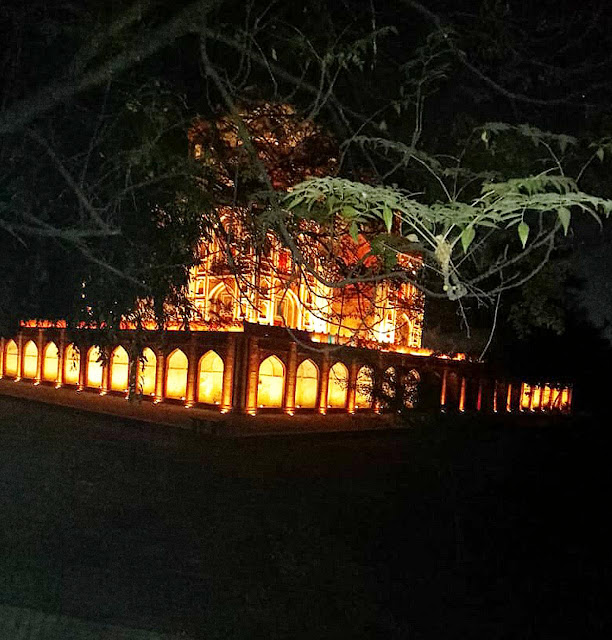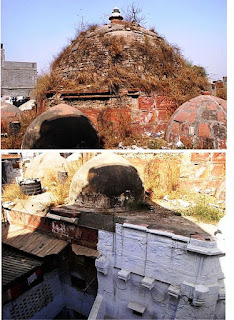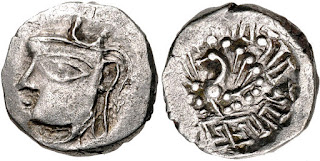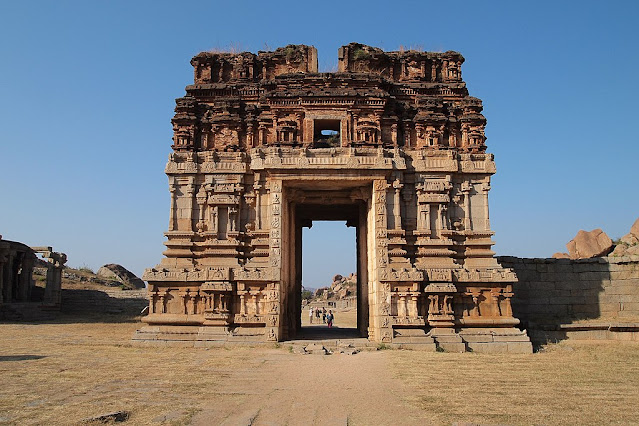Abdul Rahim Khan-i-Khanan: Poet Warrior

Illuminated mausoleum of Rahim in Delhi / Image Credit: Parveen Sharma Abdul Rahim Khan-i-Khanan, popularly known as Rahim, was a medieval Hindi poet, scholar of Sanskrit and Persian and powerful minister and military commander during Mughal emperor Akbar’s reign. According to tradition he was one of Akbar’s ‘Navratnas (“Nine Jewels”). The Navratnas were nine individuals of extraordinary ability gracing the court of Akbar. Rahim's Tomb Rahim was born in 1556 to Bairam Khan, the preceptor to Mughal emperor Akbar. The father-son duo were both titled Khan-i-Khanan. Rahim was four years old when his father was killed in 1561 AD by an Afghan at Patan on his way to Mecca. On the instruction of Akbar, Baburnamah was translated into Persian in 1589 by Rahim. Rahim died in 1627. He lies buried in the mausoleum built by him for his wife Mah Banu in 1598. The tomb is situated in Nizamuddin East on



